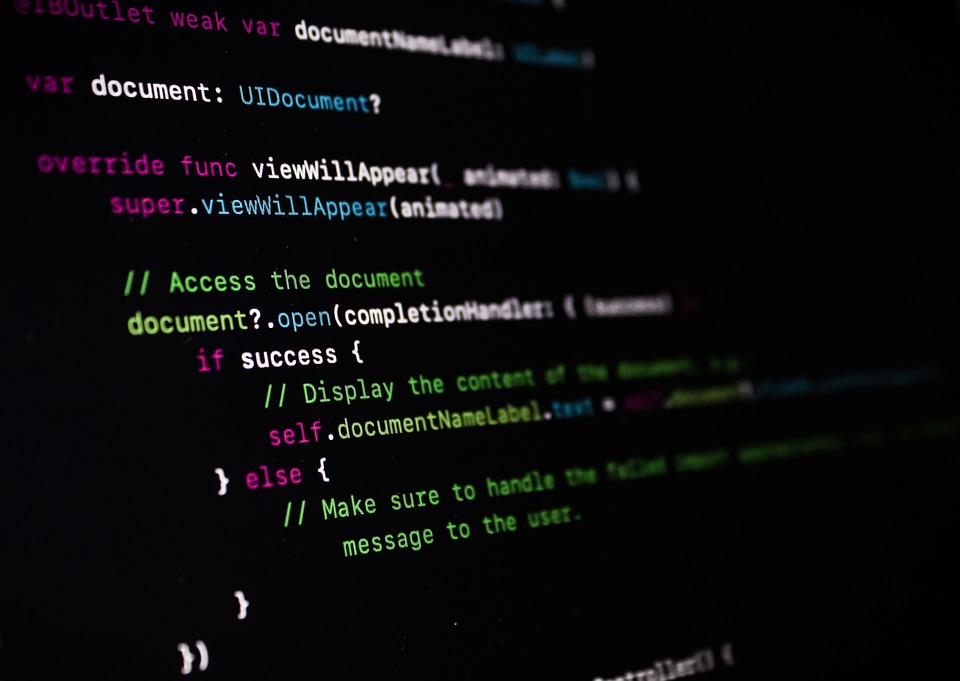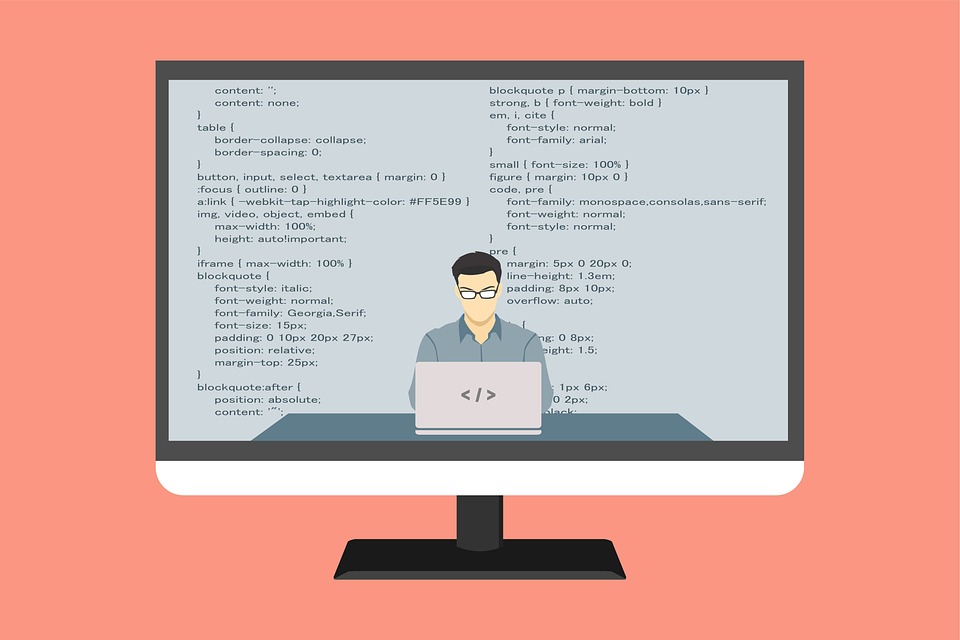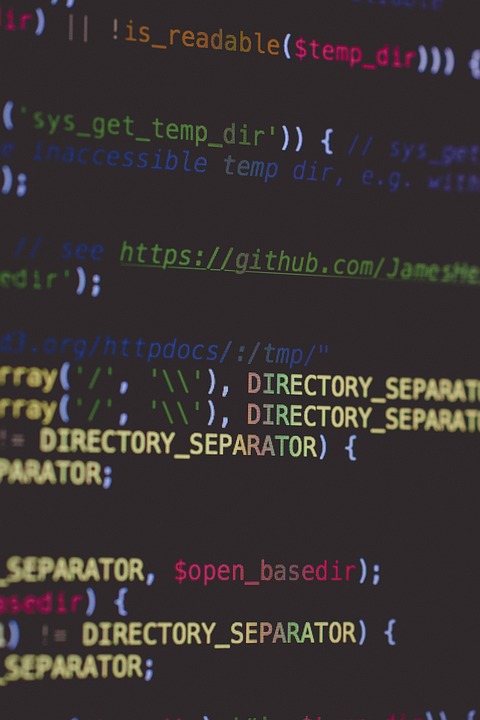Maximizing Efficiency with Fish Shell’s Command Substitution
Maximizing Efficiency with Fish Shell’s Command Substitution Fish shell is a modern command line interface that is packed with features to enhance the experience of users who have to work with the command line frequently. One of these features is command substitution, which is used to embed one command within another command. In this article, … read more …









